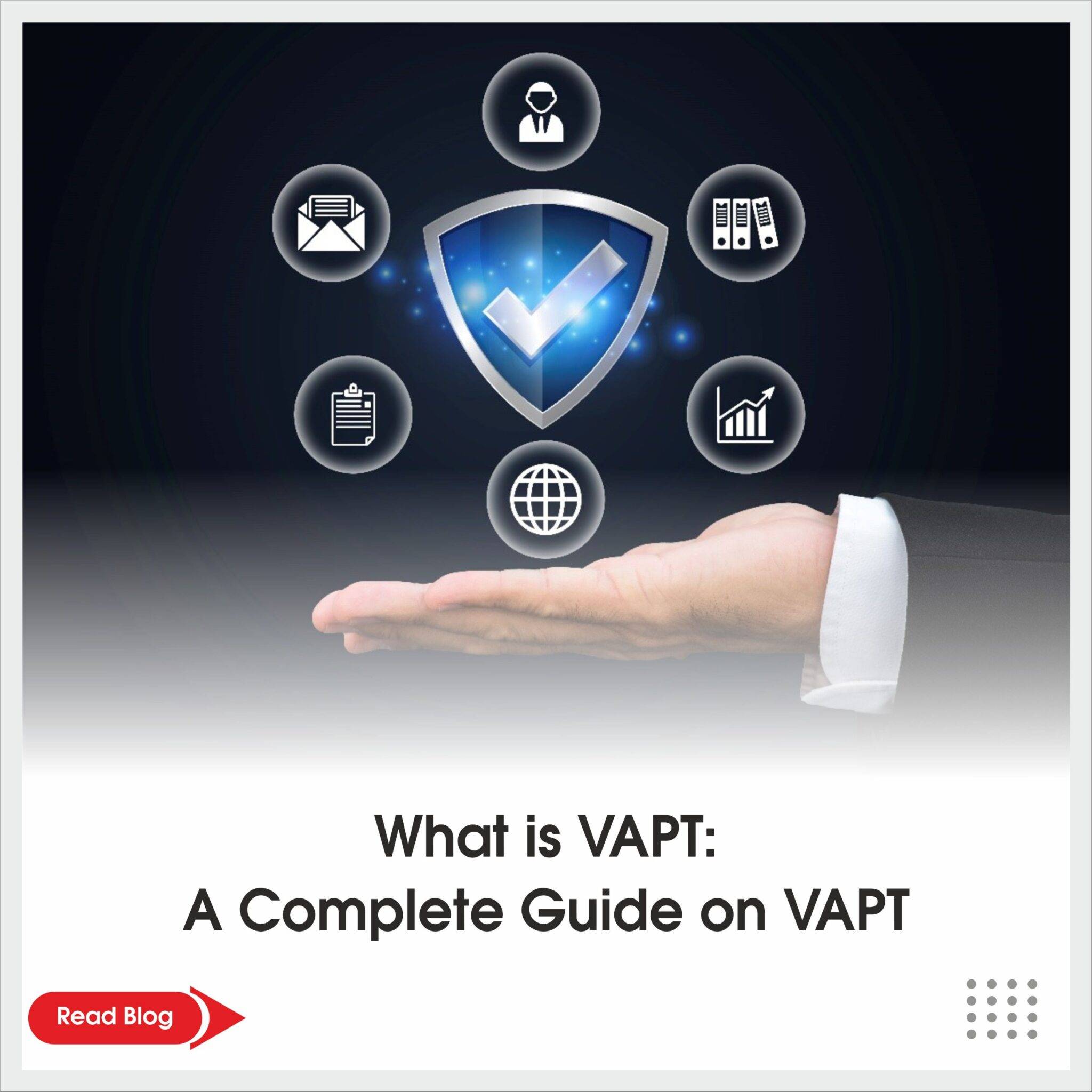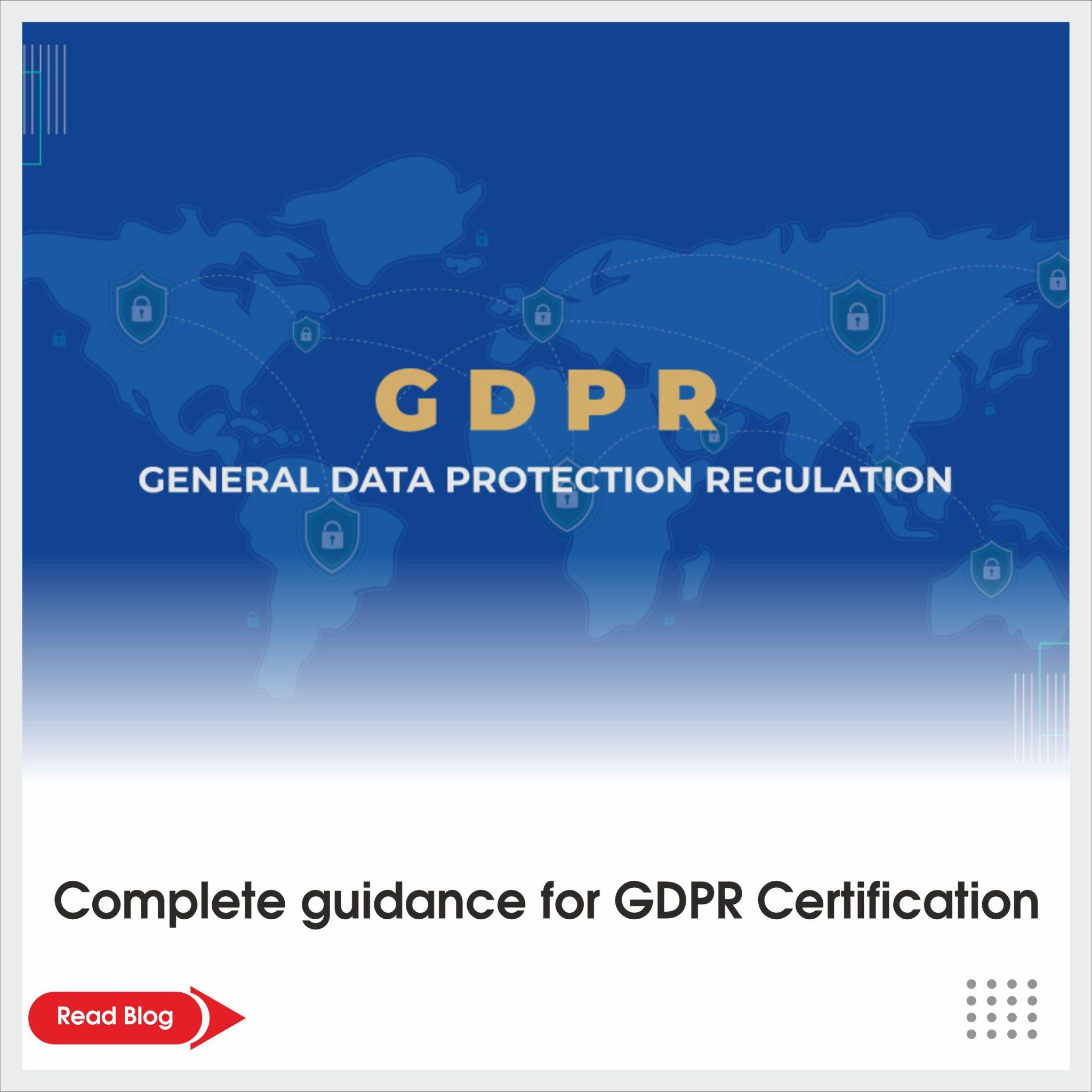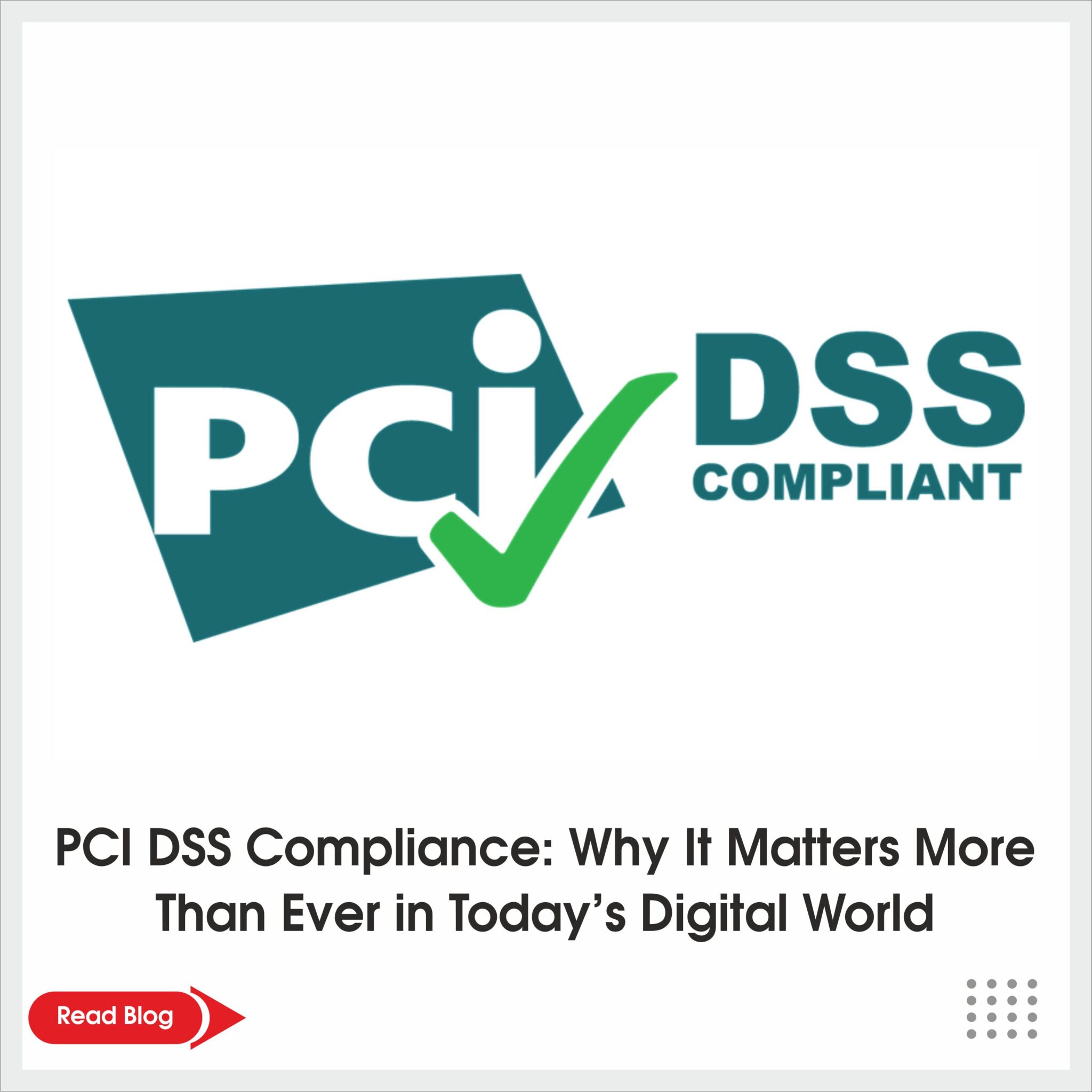
What is VAPT: A Complete Guide on VAPT
Introduction: Understanding What is VAPT and its Significance in Cybersecurity Cybersecurity has emerged as a major problem for businesses in
RoHS Certification represents the Restriction of Hazardous Substances. RoHS, otherwise called Directive 2011/65/EU, started in the European Union and limits the utilization of explicit unsafe materials found in electrical and electronic items.
RoHS had its underlying foundations in the European Union in 2003. The objective of RoHS (Reduction of Hazardous Substances) is to diminish the natural impact and well-being effect of hardware. The enactment’s main role is to make gadgets producing more secure at each phase of an electronic gadget’s life cycle.
With the consistent, fast development of innovation, numerous clients are discarding outdated gear in huge amounts. This is bringing about landfills being loaded up with risky materials. The abnormal amounts of electronic junk and e-squander are prompting mercury and lead harming. While reusing is being performed, numerous items are being transported with a portion of the risky materials still in them.
The RoHS order was received to confine the measure of perilous materials in the assembling hardware. The expectation is to decrease the quantity of overwhelming metal harming occurrences, and perhaps e-squander.
RoHS restricts the use of the following materials :
Reducing Instances of Heavy Metal Poisoning: Most e-squander is transported to processing plants in underdeveloped nations. The laborers in these industrial facilities endure the most with regards to lead and mercury harming. RoHS requires the utilization of sans lead binds and segments, in this manner lessening the quantity of overwhelming metal harming cases in these plants. Additionally, the condition of well being of the laborers and clients has improved immensely.
Product Reliability: Most of the notable gadget makers have received RoHS. Clients are currently guaranteed complete item well-being. Thus, the dependability of these producers and their brands has improved drastically. The notoriety and offers of electronic segments have expanded.
With the quick spread of digitization, the world’s creation of electrical and electronic gadgets is detonating. Other than cell phones, consider the coming influx of IoT, shrewd home partners, robots, rambles, 3D printers, and home restorative gadgets to all edges of the planet. They are altogether controlled under RoHS.
To know more about SIS Certifications – Click Here
1. Understand the RoHS Directive: Familiarize yourself with the RoHS directive, including its requirements, restricted substances, and product categories that fall under its scope. The directive primarily restricts substances such as lead (Pb), mercury (Hg), cadmium (Cd), hexavalent chromium (Cr6+), polybrominated biphenyls (PBB), and polybrominated diphenyl ethers (PBDE).
2. Determine Applicability: Identify whether your product falls under the scope of the RoHS directive. It typically applies to electrical and electronic equipment, including components and accessories. Certain exemptions may apply to specific product categories.
3. Conduct Testing and Compliance Assessment: To obtain RoHS certification, you need to ensure that your product complies with the RoHS requirements by testing it for the presence of restricted substances. This often involves laboratory testing using various methods, such as X-ray fluorescence (XRF) analysis.
4. Documentation and Records: Maintain detailed records of the compliance assessment, including test reports, certificates of conformity, and any other relevant documentation.
5. Certification Body: Choose a recognized certification body or laboratory that is accredited to perform RoHS testing and certification. Accredited bodies are typically authorized to issue RoHS compliance certificates.
6. Submit an Application: Contact the chosen certification body and submit an application for RoHS certification. You will typically need to provide documentation related to your product, compliance testing, and any other required information.
7. Product Marking and Labeling: If your product passes the RoHS compliance assessment, you may be granted a RoHS compliance certificate. You can then mark your product with the RoHS symbol (a crossed-out “CE” symbol) to indicate compliance.
8. Maintain Compliance: Continuously monitor and maintain compliance with RoHS requirements, as they may evolve over time. Regularly review your supply chain and materials to ensure that no restricted substances are introduced into your products.
9. Recertification and Renewal: RoHS certification may need to be periodically renewed or reevaluated to ensure ongoing compliance. The frequency of recertification depends on the certification body and specific regulations in your region.

Introduction: Understanding What is VAPT and its Significance in Cybersecurity Cybersecurity has emerged as a major problem for businesses in

General Data Protection Regulation (GDPR) certification helps businesses, meaning they protect European citizens from data loss due to cyber-attacks, terrorism,

The Payment Card Industry (PCI) Data Security Standard (DSS) is an information security standard designed to improve cardholder data security
© 2023 SIS CERTIFICATIONS PVT. LTD. – ALL RIGHTS RESERVED.